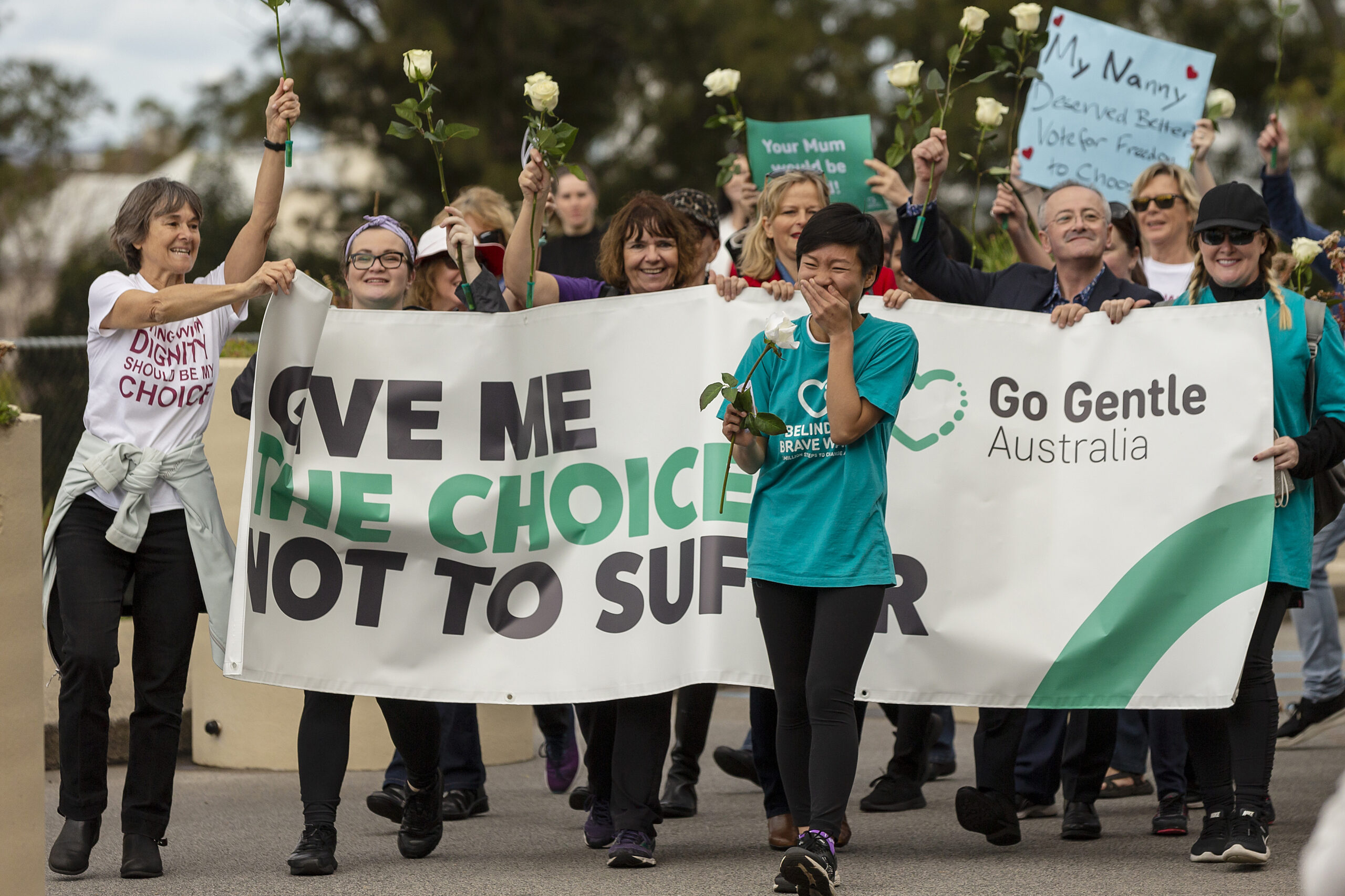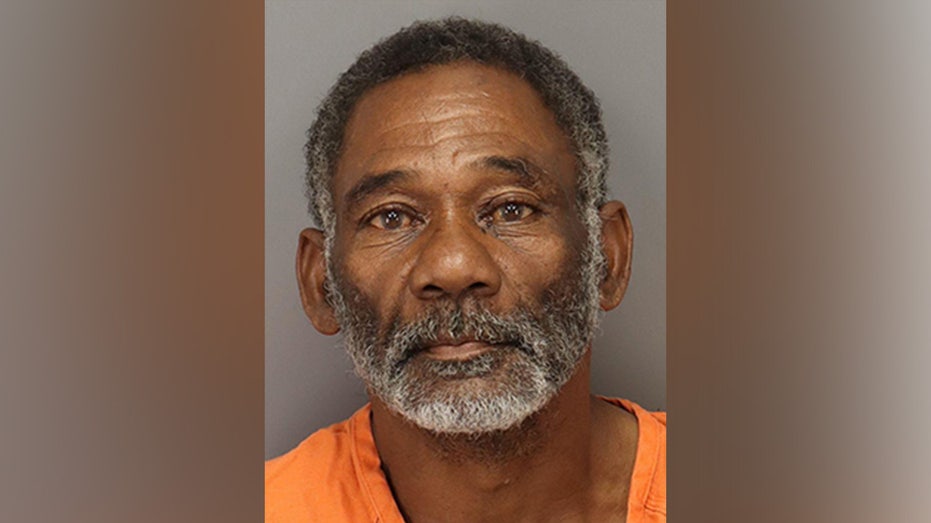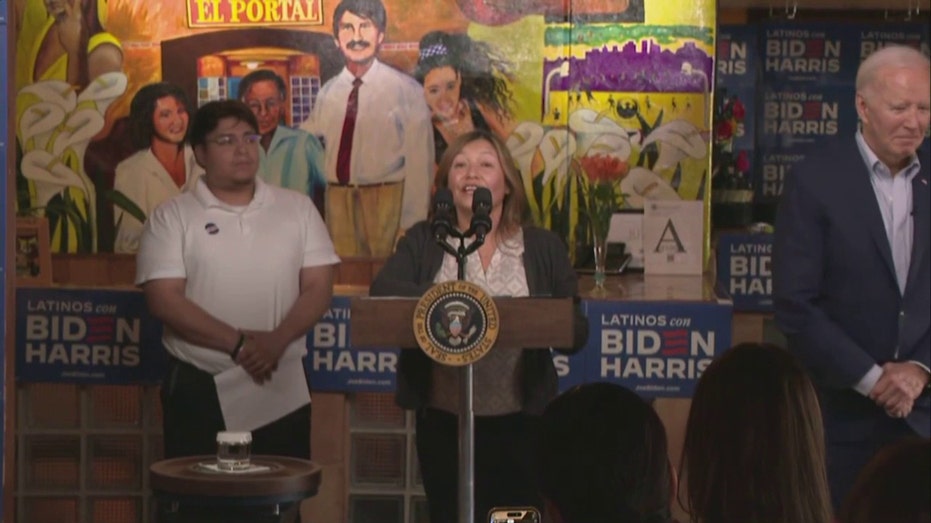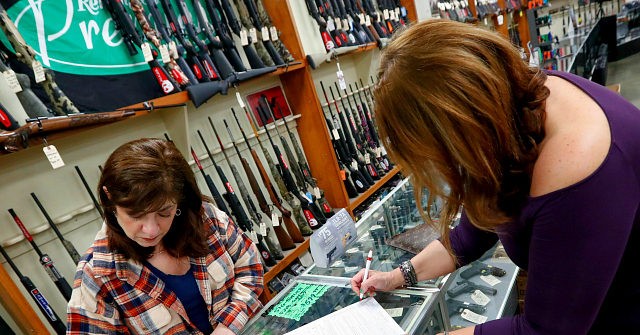Euthanasia in the Outback
Australia’s Northern Territory was the first to legalize assisted dying, and Aboriginals did not approve. The post Euthanasia in the Outback appeared first on The American Conservative.

Euthanasia in the Outback
Australia’s Northern Territory was the first to legalize assisted dying, and Aboriginals did not approve.

Unless Canada’s government reverses course, in March 2024, the nation’s doctors will be permitted to kill patients with mental disabilities or assist them in dying. Proponents hail Canada’s leap into the bioethical unknown as a bold step towards true equity in end-of-life medicine. Montreal psychiatrist Mona Gupta admits that “some cases might be difficult” but, on the whole, excluding people with mental disorders from access to medical aid in dying “sends the message that they are not entitled to make choices about their own lives the way everyone else is.”
Dr. Gupta might want to rethink her position after reading Caitlin Mahar’s The Good Death through Time. Mahar’s focus is Australia’s Northern Territory, which in 1995 became the first political jurisdiction in the world to permit doctors to assist people in dying. White Australians who supported the legislation were shocked to discover that Aboriginal people in the Northern Territory, where they make up roughly a quarter of the population, didn’t share their enthusiasm for medically assisted death. It wasn’t simply that Indigenous people were reluctant to exercise their choice to have doctors help them die. They also felt there was something incompatible between modern notions of a right to die and “the aboriginal way.”
“I have quite a bit of understanding of white man’s ways, but it is difficult for me to understand this one,” one of them said. The common refrain in Aboriginal communities was that medical aid in dying (MAID) was “whitefella business.”
As a result, Mahar argues, Aboriginal people avoided or delayed seeking medical treatment out of fear that a trip to the local clinic might end with a lethal injection. That fear might have been unrealistic, but, as Mahar points out, they were rooted in the larger truth that “conceptions of death and dying are not timeless or universal.” Reforms like Canada’s are “culturally specific,” in Mahar’s words, and not simply the latest extension of global human rights when it comes to end-of-life decisions.
Mahar’s book is the latest in a series of scholarly attempts to find out how and why in recent years governments and courts in some countries have legalized what used to be called medical murder or assisted suicide. Mahar correctly notes that, until the late Victorian era, a good death or “euthanasia” was customarily defined as making patients as comfortable as possible while helping them prepare for death. Typically, doctors did not attend the dying. What Mahar calls “the ideal of the good Christian death” was largely respected. Doctors tended to believe it was “equally criminal to accelerate by one hour the death of a person as to cause it,” in the words of one Victorian physician.
Big changes occurred in the late 1800s. As physicians became more adept at easing pain with narcotics, the definition of a good death increasingly included the elimination of painful suffering. What started as a way of alleviating the fear of a painful death bred its own kind of terror. “As methods for assuaging pain have improved,” Mahar writes, “we appear to have become more fearful of suffering.” As the twentieth century unfolded, the aim of removing fear and suffering grew increasingly popular and support for medically assisted death mounted.
Which brings us to the unprecedented flurry of euthanasia legislation in various Western countries since the 1990s. Canada is playing catch-up to places such as The Netherlands, which has made MAID accessible to youngsters between the ages of twelve and sixteen with parental consent, adolescents as young as sixteen, and adults “tired of life.” In 2020, the Dutch approved mercy killing for children between one and twelve. Meanwhile, in Australia, the concept of medicalized death culminated in the 2017 Voluntary Assisted Dying Act, which made Victoria the first Australian state to legalize medically assisted dying and triggered a wave of similar laws across the country.
It is certainly true, as Mahar notes, that this state of affairs exists because of widespread fears, especially among the elderly, that death will be a painful, protracted, and undignified experience. She is also correct to maintain that the “vision that holds sway in modern Western societies is not natural or universal but the product of specific—predominantly white, middle class, ableist—cultural and historical milieus.”
This was evident years ago in the early days of the Hemlock Society, the first American grassroots organization in support of assisted suicide. Hemlock’s members were described as “little old ladies in tennis shoes,” living in largely white retirement villages. By contrast, MAID has never caught on among African-Americans, among whom it consistently polls lower than among white Americans. One American physician told the New York Times that blacks view assisted suicide as a state-sponsored way of disposing of “throwaway lives.” To them, like Australia’s Aborigines, MAID is indeed “whitefella business.”
Mahar’s historical analysis reveals that, time and again, legalizing the medical murder of consenting, terminally ill patients is the “thin edge of the wedge” and MAID, once enacted, is extraordinarily difficult to regulate in practice. Yet advocacy groups have powerful resources at their disposal. Besides generous funding from corporations and philanthropic foundations, American groups such as Compassion and Choices rely heavily on sympathetic media coverage. Mahar notes how Australia’s MAID activists found the media to be an “invaluable” resource. They cultivated contacts with writers, reporters, and producers, and in return media bombarded the public with human interest stories about people in pain who wish to end their lives with medical assistance.
Above all, Mahar’s book is a welcome reminder that all major religious communities around the world reject the notion that people should be killed to relieve the pain of dying. Even Reform Judaism, liberal in many ways, bans both assisted suicide and death by lethal injection. Euthanasia activists may not like to hear it, but, as Mahar concludes, celebrating these practices as exercises in “equity” and “choice” amounts to a form of cultural “bigotry.”
Ian Dowbiggin, the author of two books on the history of euthanasia, teaches history at the University of Prince Edward Island in Canada. He receives no financial support from any group with a public stance on the issue.
The post Euthanasia in the Outback appeared first on The American Conservative.
What's Your Reaction?















